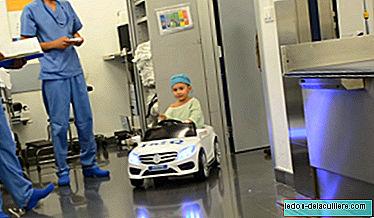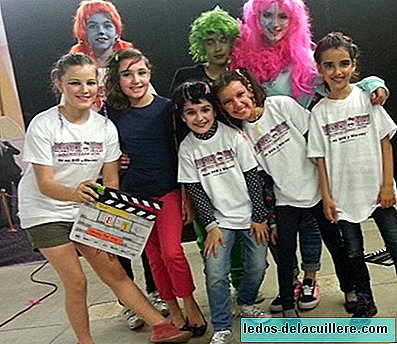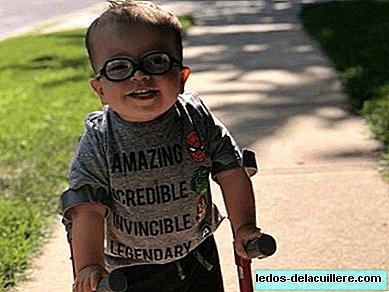
Although Autism Spectrum Disorders (ASD) are becoming increasingly well known, families of children with autism still have to answer questions such as what does your child know how to do ?, assuming he has to necessarily have some kind of special ability. .
The popularization of characters with Sheldon Cooper, the protagonist of the series The Big Bang Theory, which presents autistic features in his behavior such as, for example, having difficulty understanding irony or double senses, serve to normalize these disorders and give an image positive, but do not show the reality of this collective. Autismo Spain psychologist and researcher Cristina Gutiérrez, clarifies the Myths and truths about autism.
Myth 1: Everyone is a genius
No, not all are Sheldon Cooper, nor Einstein, nor Mozart. The percentage of people with autism who have special abilities or who can be considered geniuses is the same as in the rest of the population.
"The reality is that people with ASD have very variable characteristics in terms of their intellectual capacity or their language levels. Some of these people have special abilities, but it is not a common characteristic. There is one characteristic that is common to ASD and they tend to have very specific and very restrictive interests. That makes them, in what they are interested in, become experts because they spend a lot of time in that activity. "
Myth 2: They live in their own world
People with autism process information differently, especially information that has to do with the senses: some may be hypersensitive to some stimuli (tactile, visual, sonic), so they may be disturbed by noise, lights or smells and others may be hyposensitive, that is, they need a lot of stimulation because they may not be sensitive to pain or noise.
Processing the senses differently is a general characteristic, but there is variability, it manifests itself more in some than in others.
Myth 3: People with ASD do not communicate
All people with ASD communicate, but not all do it in the same way. There are two common characteristics that are the difficulties in nonverbal communication and difficulties in social interactions. For example, they may have difficulty understanding an ironic or double-meaning phrase or to process nonverbal language such as hand gestures, eye contact and facial expressions. These communication difficulties cause many children with ASD to isolate themselves, but that does not mean they like to be alone and do not want to relate to other children their age.

Myth 4: Autism is a disease
ASDs are a disorder of neurobiological origin related to the development of the nervous system. They are not a disease that is spread or that can be contracted at a particular time in life. Therefore, a person with ASD is not sick, but has a disability that will accompany him during all stages of his life. As it is not a disease, it cannot be cured, but it can improve your life with psychoeducational treatments that They are especially important in childhood.
Myth 5: Children with ASD have intellectual disability
Neither geniuses nor the opposite. Some people with ASD may have associated intellectual disability, while others may show expected abilities for their age or even above expectations. If they have the necessary supports, children with autism can reach their full potential. However, the main problem they have in this regard is the dropout that occurs many times because of the lack of support from the education system and also because they are a group that is very susceptible to bullying, which affects between 40 and 80% of children and adolescents with ASD In this regard, a guide for parents and teachers has been prepared and can be consulted here.
Myth 6: People with ASD are aggressive
It is not true. What happens is that on certain occasions, a child with ASD can become very stressed at a complicated social situation or an unpredictable circumstance and that this stress is manifested in inappropriate behaviors that we may not understand. These behaviors usually occur when the environment (often due to ignorance) does not adapt to the characteristics of these children. With a little support and understanding, they are easily avoidable.
As we see, although the knowledge of ASDs is increasing, Myths continue to persist that sometimes make living with these children difficult, who need more support from institutions and also more information from society.
Babies and more For a real integration: #store hand to autism, Let's break down barriers to autism together: how we can help children with this disorder












